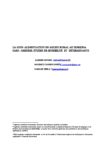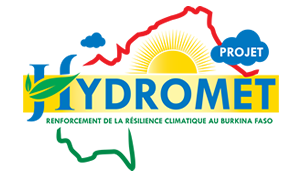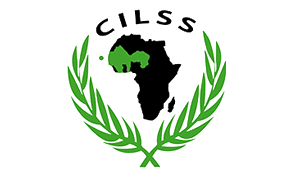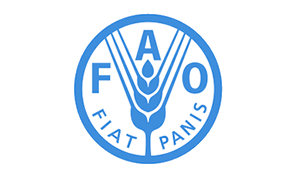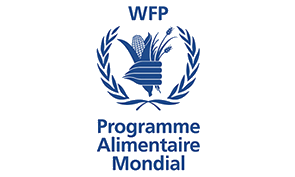RURAL UNDERNOURISHMENT IN BURKINA FASO: MEASURES, SENSITIVITY STUDIES AND DETERMINANTS
Undernourishment is one of the most important priorities on the development agenda today as recent increases in food prices increase the vulnerability of poor households and climate change negatively influences agricultural production.
The objective of this paper is to examine the two main measures of undernourishment in Burkina Faso: the parametric approach recommended by the FAO and the non-parametric approach used by the Direction de la Prospective des Statistics Agricole et Alimentaire du Burkina Faso. . The study uses data from the 2004, 2005 and 2006 permanent agricultural survey carried out in rural areas in Burkina Faso. More specifically, we address the question of the empirical convergence of these two methods at national and sub-national level and their sensitivities according to a certain number of assumptions (variation of the parameters in their confidence interval, change of the calculation method from production…). The implementation of the parametric approach was based on a kernel estimate of the density of food consumption per capita (assumed to be log-normal) while the non-parametric approach is an adaptation of the FGT methodology (Foster, Greer and Thorbecke (1984)) for calculating the incidence of poverty.
The study resulted in an empirical convergence of the two methods both at national and sub-national level. The implementation of the parametric approach is relatively easier since we simply need the parameters of the normal distribution. Using the Pitman test, we show that the standard deviation of individual food consumption is not stable over the period 2004-2006 consisting of three crop years. However, the influence of this standard deviation on the incidence of undernourishment obtained by the parametric approach is not significant. A usefulness of the parametric approach is highlighted by the proposal of a methodology for determining the incidence of undernourishment on a forecast basis.
The analysis of the robustness of the incidence of undernourishment carried out in relation to the method of calculating production induces a right of scrutiny on the method of calculating production. In fact, contrary to expectations, moving from the evaluation of production based on the average yield at the provincial level to its assessment based on the average yield at the village level, increases the incidence of undernourishment by 15 % or 16% depending on the method chosen. It is therefore necessary to harmonize the methods of calculating production in order to make sense of inter-temporal and spatial comparisons within the country or of comparisons between countries which objectively assess production.
Furthermore, the non-parametric approach allowed us to shed light on the factors that determine undernourishment in Burkina Faso. So to effectively fight against undernourishment, those responsible for agricultural policy should act primarily on the agricultural output of rural households given the strong influence it exerts in the occurrence of undernourishment.
Also the implementation of a policy favoring the diversification of household monetary income sources such as income-generating activities (IGA), fishing and gathering will have a strong added value in the fight against the scourge of hunger and malnutrition. . Policies aimed at promoting market mechanisms in the rural world would also be an asset for the respect of commitments concerning the fight against undernourishment in Burkina Faso.
Attachments
Fichiers joints
Nombre de fichiers: 1
RURAL UNDERNOURISHMENT IN BURKINA FASO: MEASURES, SENSITIVITY STUDIES AND DETERMINANTS
- 390 KB
- Télécharger le document
